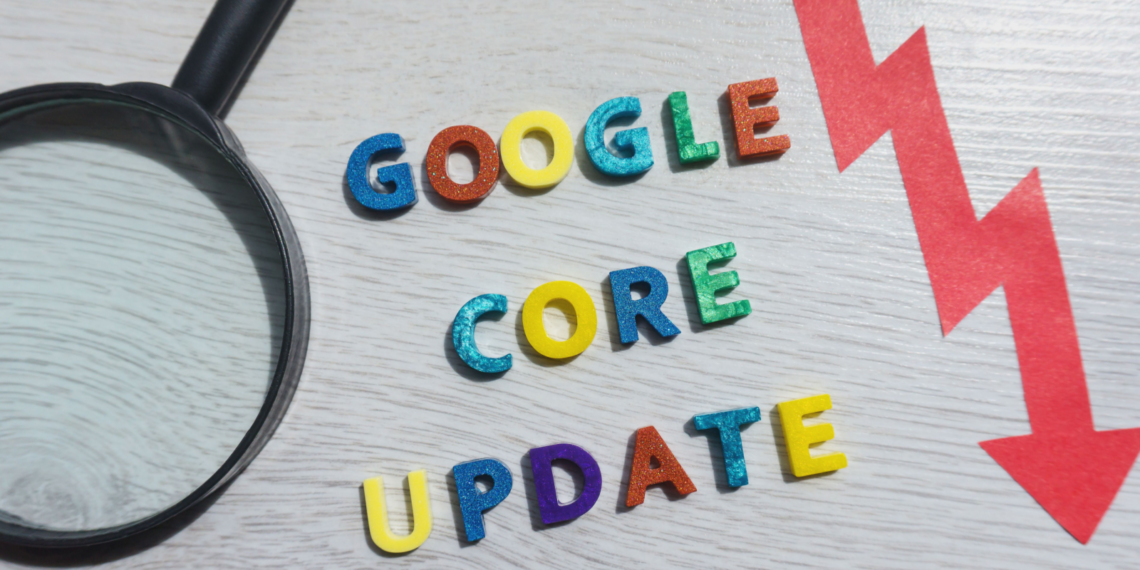Google just rolled out its first core update of the year—the March 2025 Core Update released a few days ago. This update, designed to enhance the quality of search results, has sparked discussions among content creators, SEO experts and digital marketers.
With a focus on “surfacing more content from creators” and delivering “relevant, satisfying content” to searchers, this update aims at Google’s ongoing commitment to reward high-quality, original work while focusing its crackdown on manipulative or low-value content. For content creators, this update offers both opportunities and challenges. Here’s all you need to know to adapt.
What Is the March 2025 Core Update?
Google’s core updates are broad changes to its search algorithms, aimed at improving the relevance and quality of search results. Unlike targeted updates that focus on specific issues like spam or links, core updates adjust multiple ranking systems to better align with Google’s mission of providing helpful information.
The March 2025 update, currently in its two-week rollout phase as of March 22, 2025, is described as a “regular update” intended to prioritize content that meets user needs across all types of sites. Noteworthily, Google emphasized its intent to “surface more content from creators” through ongoing improvements throughout the year.
This update builds on previous efforts, such as the March 2024 Core Update, which tackled low-quality, unoriginal content (including AI-generated spam) and aimed to reduce it by 40%—a goal it exceeded, achieving a 45% reduction. While the 2025 update doesn’t introduce entirely new spam policies, it continues refining how Google evaluates content helpfulness, likely incorporating lessons from past updates like the integration of the Helpful Content system into its core ranking framework.
How Does This Impact Content Creators?
For content creators, the March 2025 Core Update reinforces a fundamental truth: quality matters more than ever. Here’s a breakdown of its implications:
A Boost for Original, Creator-Driven Content
Google’s explicit mention of surfacing “more content from creators” suggests a push to reward individuals and brands that produce unique, authentic work. This could mean better visibility for independent bloggers, niche experts, and creators who offer fresh perspectives rather than regurgitated or mass-produced content. If you’re a creator who invests time in crafting well-researched, people-first content, this update could be a win.
Read also: Google’s AI Breakthrough: AlphaGeometry2 solves 84% of IMO problems, outperforming Professors
Continued Pressure on Low-Quality Content
The legacy of the 2024 update lingers. Sites relying on bulk AI-generated articles, thin content, or manipulative tactics (like expired domain abuse or parasite SEO) are likely to face further scrutiny. While Google isn’t inherently against AI tools, it’s clear that content created solely to game rankings—lacking depth or value—won’t fare well. Creators using AI must ensure their output is polished, original, and genuinely helpful.
Focus on User Experience and Intent
Beyond content itself, Google continues to prioritize user experience (UX). Fast-loading pages, mobile optimization, and intuitive site navigation remain critical. The update also emphasizes matching content to search intent—meaning creators need to understand what their audience is truly seeking and deliver answers efficiently.
Volatility and Patience Are Key
With a two-week rollout, ranking fluctuations are expected. Some creators may see traffic dips or spikes early on, but the full impact won’t be clear until the update stabilizes. Google advises against overreacting to initial changes, urging creators to monitor trends over time using tools like Google Search Console.
What Should Content Creators Do?
Google has consistently stated that creators producing “satisfying content meant for people” don’t need to take special actions for core updates. However, proactive steps can help you thrive in this evolving landscape:
Double Down on Quality: Focus on creating in-depth, well-researched content that showcases your expertise and provides real value. Avoid fluff or filler—answer your audience’s questions directly and thoroughly.
Leverage Your Unique Voice: As Google aims to highlight creator-driven content, emphasize what sets you apart. Personal insights, real-world experience, and storytelling can differentiate your work from generic alternatives.
Audit Your Site: Check for technical issues like slow load times or poor mobile performance. Tools like Google’s PageSpeed Insights or Lighthouse can guide improvements.
Monitor Performance: Use Google Search Console to track impressions, clicks, and keyword rankings. This data will help you assess the update’s impact and identify areas for adjustment.
Stay Patient: Don’t rush to overhaul your strategy based on early fluctuations. Wait for the rollout to complete (around March 27, 2025) before making major decisions.
This update isn’t just about survival—it’s a chance to stand out. Creators who’ve been hit by past updates (like the September 2023 Helpful Content Update) might find relief if they’ve since improved their content quality. Small and medium-sized sites, often overshadowed by big players, could gain traction if they align with Google’s focus on authentic, creator-led work. Diversifying traffic sources—through social media, newsletters, or other platforms—can also reduce reliance on search volatility.
The March 2025 Core Update reflects Google’s ongoing balancing act: delivering high-quality results to users while navigating the rise of AI tools and evolving creator ecosystems. While some in the SEO community express skepticism about Google’s ability to consistently reward smaller creators over established platforms (like Reddit or major publishers), the emphasis on “content from creators” suggests a step toward leveling the playing field.
For content creators, the message is clear: prioritize your audience over algorithms. By focusing on originality, expertise, and user satisfaction, you can not only weather this update but position yourself for long-term success in Google’s ever-shifting search landscape. As the rollout progresses, keep an eye on your metrics, refine your approach, and embrace the opportunity to shine as a creator in 2025.





